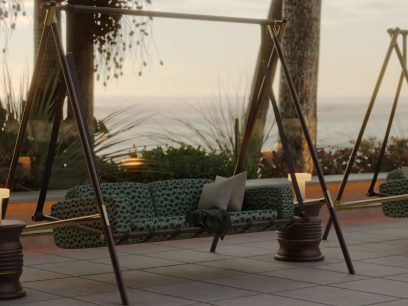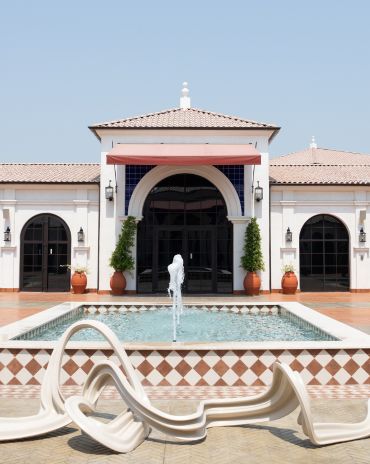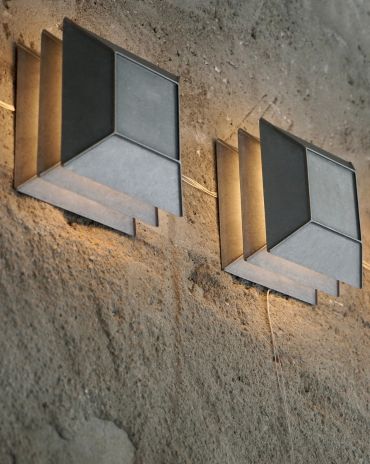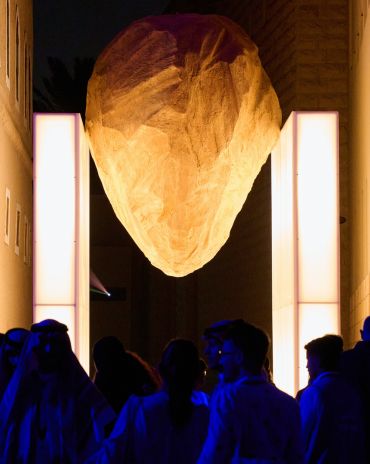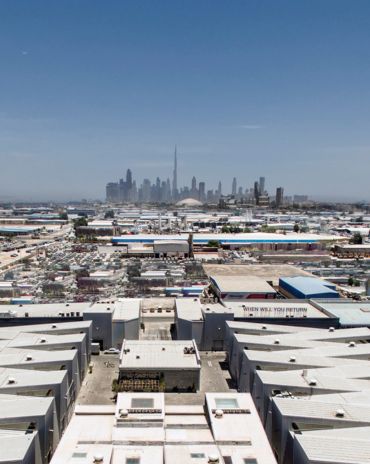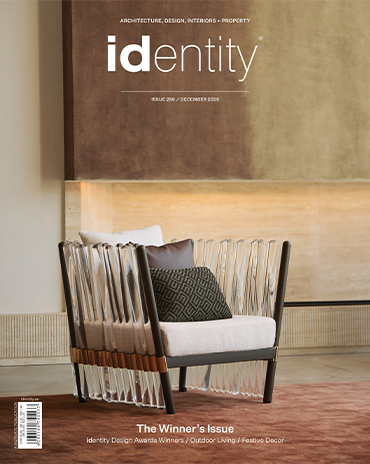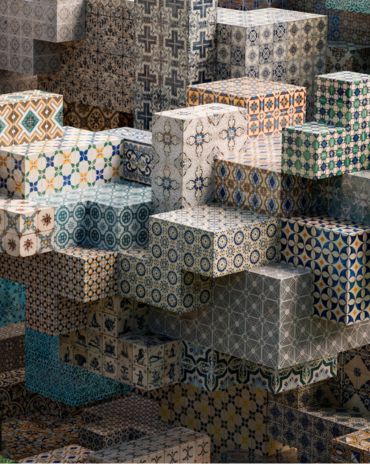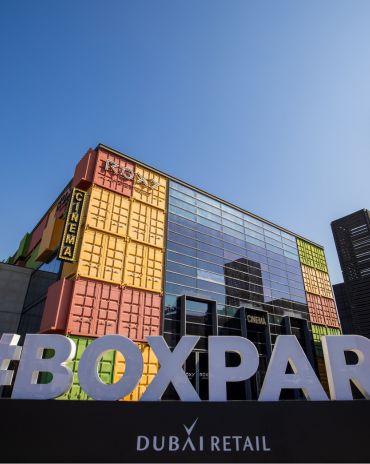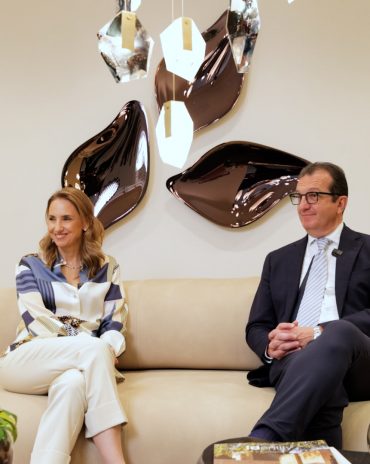Copyright © 2025 Motivate Media Group. All rights reserved.
Fiskars’ Classic Scissors
We are chronicling the people, places and objects that will stand the test of time.
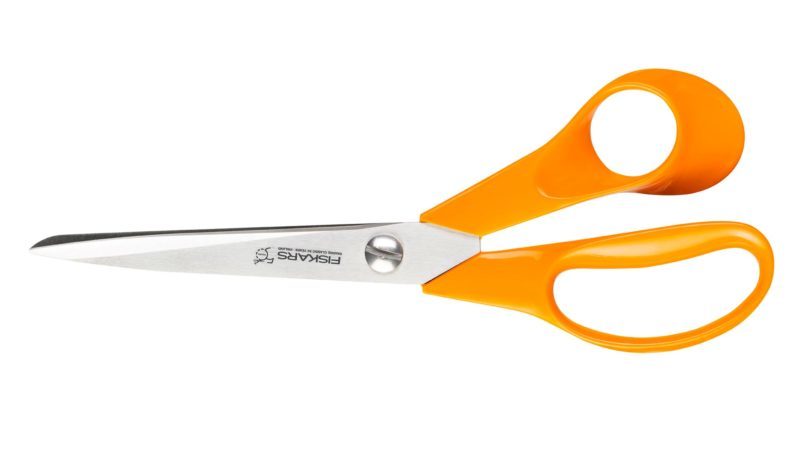
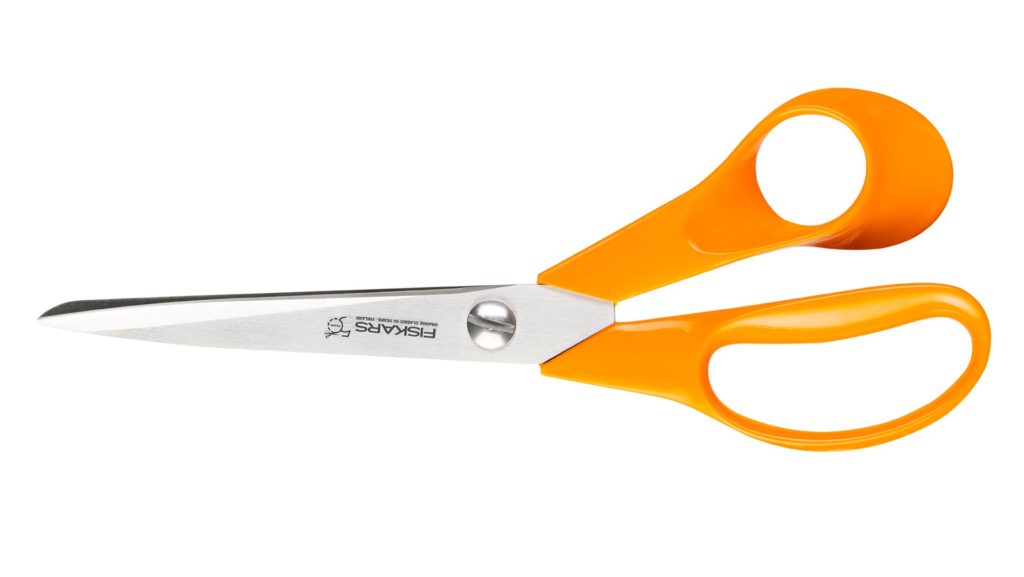 A winning combination of form and function, Fiskars’ Classic Scissors appeared half a century ago and remain a staple tool in millions of homes and offices around the world.
A winning combination of form and function, Fiskars’ Classic Scissors appeared half a century ago and remain a staple tool in millions of homes and offices around the world.
Leonardo da Vinci said, “Simplicity is the ultimate sophistication”, while Maurice Saatchi stated that “Simplicity is the outcome of technical subtlety. It is the goal, not the starting point.” Both would have been fans of the best-known product of Finland-based global consumer goods company, Fiskars.
Subject of a million-and-one imitations, Fiskars’ orange-handled Classic Scissors can be found in kitchen and office drawers the world over, and recently celebrated their 50th birthday.
The Fiskars story is somewhat longer, and begins back in 1649, in the village of Fiskars, Finland, when the company set up its ironworks to manufacture products such as nails, wire, knives, hoes and iron-reinforced wheels.
In 1832, Fiskars began fine-forging operations, which allowed it to begin making scissors. And more than two centuries were to elapse before Olof Bäckström created the famous orange-handled Classic Scissors, of which over one billion have since been sold.
The new scissors brought together ergonomic plastic handles and new blade-sharpening methods to produce scissors that were effective, competitively-priced and comfortable to use.
While the effectiveness of the new scissors was no accident, the characteristic orange colour of the handles was – and yet in 2003 Fiskars Orange became a registered trademark in Finland.
The Classic Scissors themselves are internationally recognised, being part of the permanent collection of the Museum of Modern Art (MoMA) in New York.
The success of the Classic Scissors has contributed greatly to the success of Fiskars, which employs around 9000 people in 30 countries. In 2007, it acquired glassware and interiors company Iittala, who created the distinctive trophy given to winners of the third identity Design Awards.
The Latest
Maison Aimée Opens Its New Flagship Showroom
The Dubai-based design house opens its new showroom at the Kia building in Al Quoz.
Crafting Heritage: David and Nicolas on Abu Dhabi’s Equestrian Spaces
Inside the philosophy, collaboration, and vision behind the Equestrian Library and Saddle Workshop.
Contemporary Sensibilities, Historical Context
Mario Tsai takes us behind the making of his iconic piece – the Pagoda
Nebras Aljoaib Unveils a Passage Between Light and Stone
Between raw stone and responsive light, Riyadh steps into a space shaped by memory and momentum.
Reviving Heritage
Qasr Bin Kadsa in Baljurashi, Al-Baha, Saudi Arabia will be restored and reimagined as a boutique heritage hotel
Alserkal x Design Miami: A Cultural Bridge for Collectible Design
Alserkal and Design Miami announce one of a kind collaboration.
Minotticucine Opens its First Luxury Kitchen Showroom in Dubai
The brand will showcase its novelties at the Purity showroom in Dubai
Where Design Meets Experience
Fady Friberg has created a space that unites more than 70 brands under one roof, fostering community connection while delivering an experience unlike any other
Read ‘The Winner’s Issue’ – Note from the editor
Read the December issue now.
Art Dubai 2026 – What to Expect
The unveils new sections and global collaborations under new Director Dunja Gottweis.
‘One Nation’ Brings Art to Boxpark
A vibrant tribute to Emirati creativity.
In conversation with Karine Obegi and Mauro Nastri
We caught up with Karine Obegi, CEO of OBEGI Home and Mauro Nastri, Global Export Manager of Italian brand Porada, at their collaborative stand in Downtown Design.

